When choosing an AI automation platform, go with Lindy if you want customizable AI agents that work across your CRM, inbox, and internal tools. Make is great for visual builders who prefer drag-and-drop workflows, while Zapier is best for quick, no-code, simple workflows.
In this article, we’ll cover:
- 10 best AI automation tools to automate your workflows
- What makes an AI automation platform different from legacy tools
- How to evaluate the right fit for your stack
- When to use agents vs standard workflows
- Use cases from sales, marketing, support, and ops
Let’s begin with a quick glance at the tools we’ll cover in this article.
The 10 best AI automation platforms: TL;DR
We’ll cover these tools in detail. But we created this list to help you skip to the ones that match your needs. Here’s a quick overview of the top platforms worth checking out:
- Lindy – Best for AI-powered automation across sales, ops, and recruiting
- Zapier – Best for simple, no-code workflows across 7000+ apps
- Make – Best for drag-and-drop builders who want conditional logic
- n8n – Best for devs who want open-source control
- Relay.app – Best for workflows with approvals or human-in-the-loop steps
- Pipedream – Best for devs building automations with APIs or webhooks
- LangChain + LangFlow – Best for engineers building custom AI agents
- Akkio – Best for teams running AI models or predictive analytics
- Smythos – Best for modular AI agents with logic and integrations
- Relevance AI – Best for no-code collaboration on agent workflows
Next, we look at these tools in detail.
1. Lindy – best AI-powered automation for teams
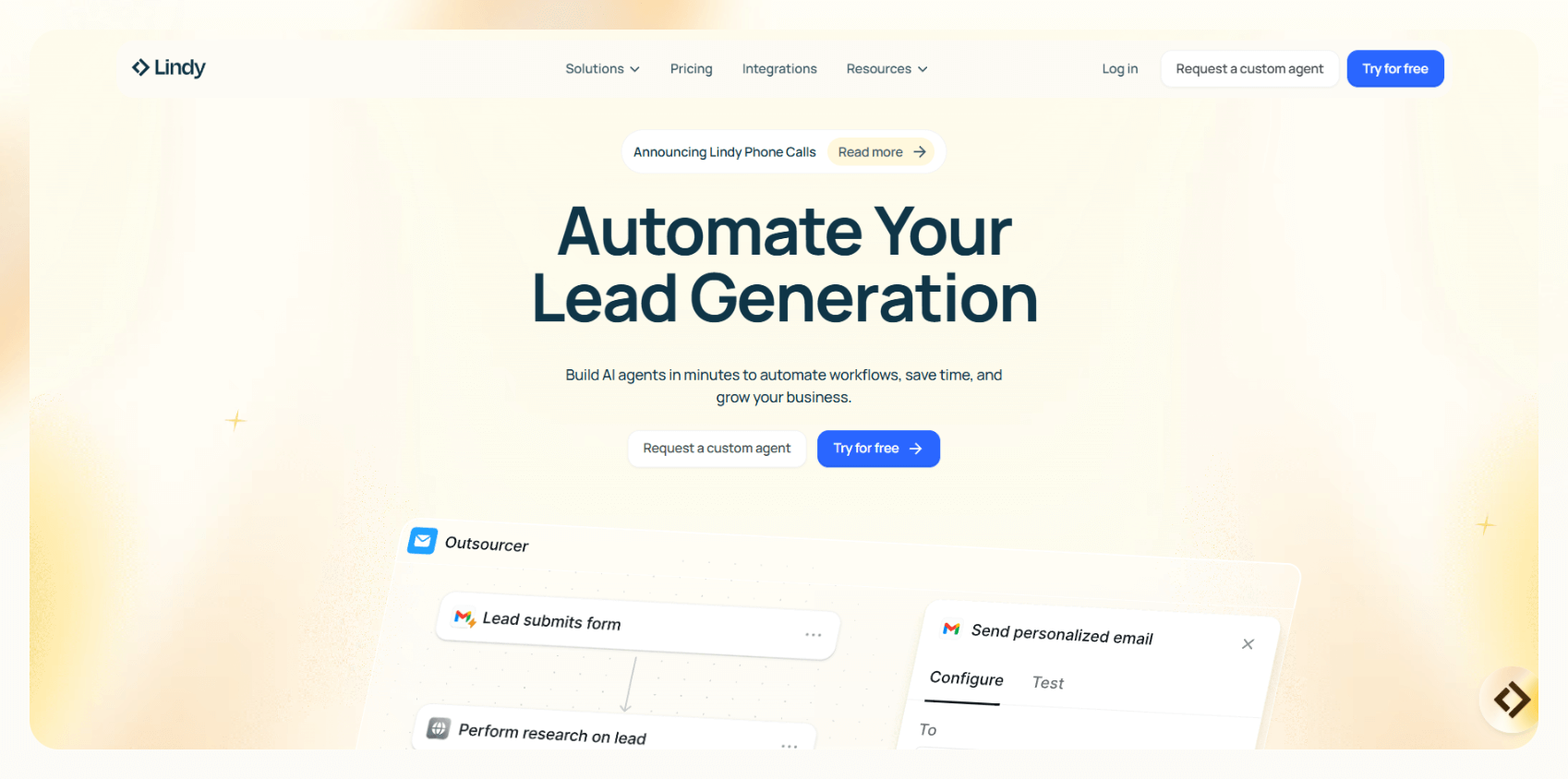
Lindy is an AI automation platform that helps teams delegate repetitive tasks to AI agents. These agents can send follow-ups, qualify leads, update CRMs, respond to emails, schedule meetings, and more.
They operate across popular business tools like Gmail, Notion, HubSpot, and Slack, and can be customized for specific workflows using a no-code interface. Think of it as building a digital teammate who understands context and instructions, not just rules.
This makes Lindy especially useful for teams juggling tasks across multiple tools who don’t want to write code or build clunky logic from scratch.
Features
- No-code builder to create and customize AI agents
- Built-in memory and reasoning prompts so agents can act autonomously
- 7,000+ integrations across 1,600+ apps, including CRMs, calendars, docs, and chat tools
- Support for multi-step logic, fallback paths, and approvals
- Human-in-the-loop actions for workflows that still need checkpoints
- AI phone calling agents for inbound and outbound calling workflows
- Knowledge base and memory for AI voice agents
- Works natively with tools like Slack, Zoom, Notion, Gmail, and Google Drive
Lindy functions more like an AI orchestration and automation platform than a basic AI pipeline tool. Instead of linking triggers and actions, you can define specific goals — like qualifying leads or coordinating handoffs — and configure agents to execute that workflow.
Pros
- No technical experience needed to build useful automations
- Offers agent-level reasoning
- Comes with ready-to-use customizable templates and onboarding flows
- Integrates across most business-critical tools
Cons
- Needs time and learning to set up complex workflows
- Not ideal for technical teams who want complete control and customization
Pricing
Lindy uses a credit-based model with a generous free tier.
- Free: 400 credits/month
- Pro: $49.99/month for 5,000 credits
- Business: $299.99/month for 30,000 credits
- AI calling: 20 credits/min for US, varies based on your region
- AI phone numbers: $10/number/month
- Enterprise: Custom plans available
{{templates}}
2. Zapier – best for simple, no-code task automation across apps
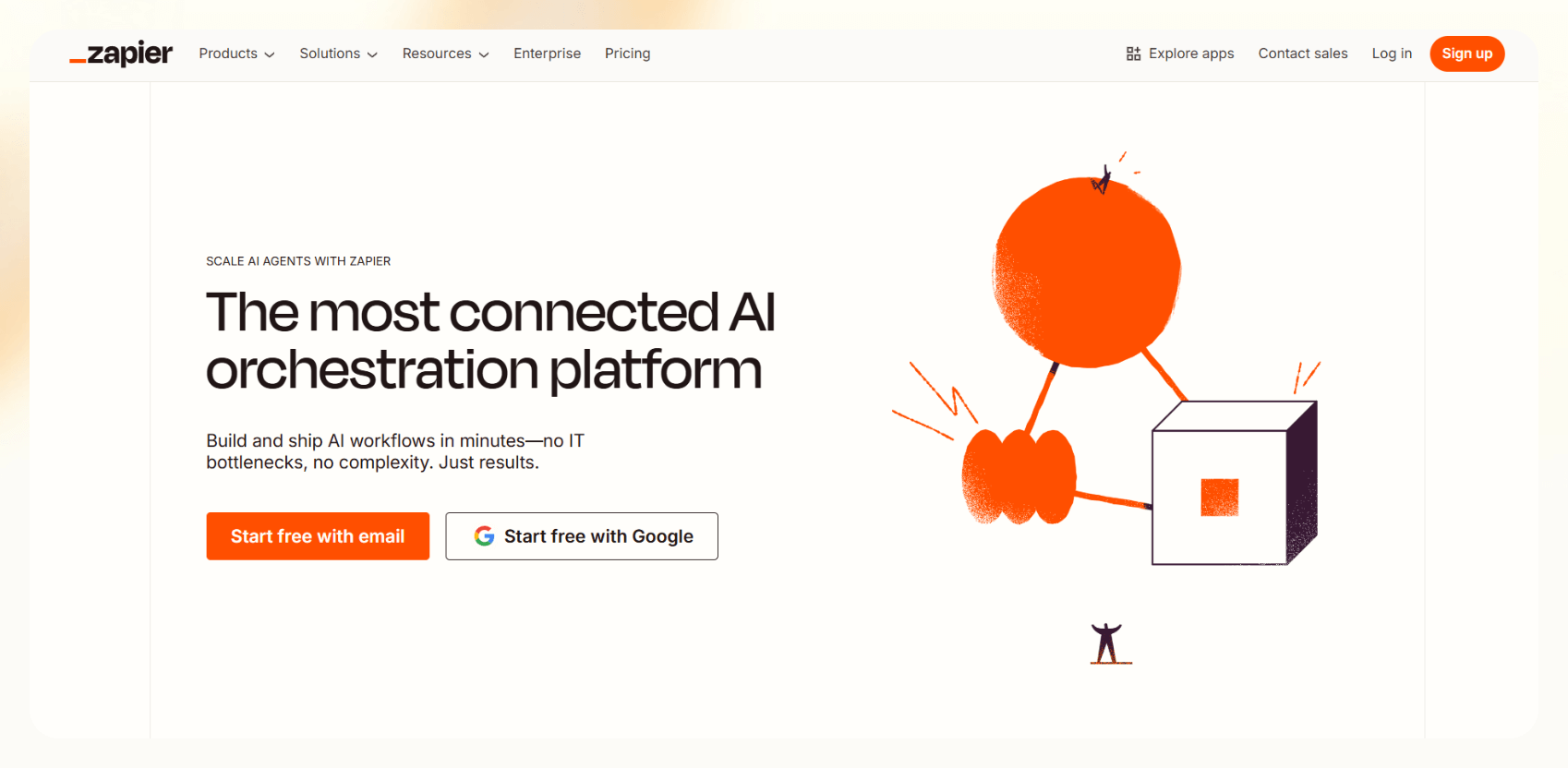
Zapier is one of the most widely known AI automation platforms that helps people connect apps like Gmail, Slack, Google Sheets, and Trello using trigger-based workflows called “Zaps.”
You pick a trigger, like a new email received, and set an action –– add to the spreadsheet. The tool recently added AI features that allow you to describe automations in natural language and get a Zap built for you.
It’s ideal for people or teams who want to quickly automate simple, repetitive tasks without writing any code or thinking about logic flows.
Features
- Over 7,000 integrations with popular tools and SaaS platforms
- AI-powered builder to generate Zaps from plain English prompts
- Multi-step workflows with filters and branching
- Scheduled and real-time triggers
While Zapier is still mostly about app-to-app automation, it’s starting to inch toward AI-powered automation use cases with its new AI Copilot and Agent features.
Pros
- Easy to use, even for beginners
- Massive integration library
- Works well for repetitive task automation like notifications, data entry, and file management
- Good documentation and community support
Cons
- Gets expensive fast with volume or complexity
- Not built for agent-like workflows
Pricing
- Free: 100 tasks/month
- Professional: $29.99/month
- Team: $103.50/month
- Enterprise: Custom
3. Make – best for visual builders who want drag-and-drop complexity
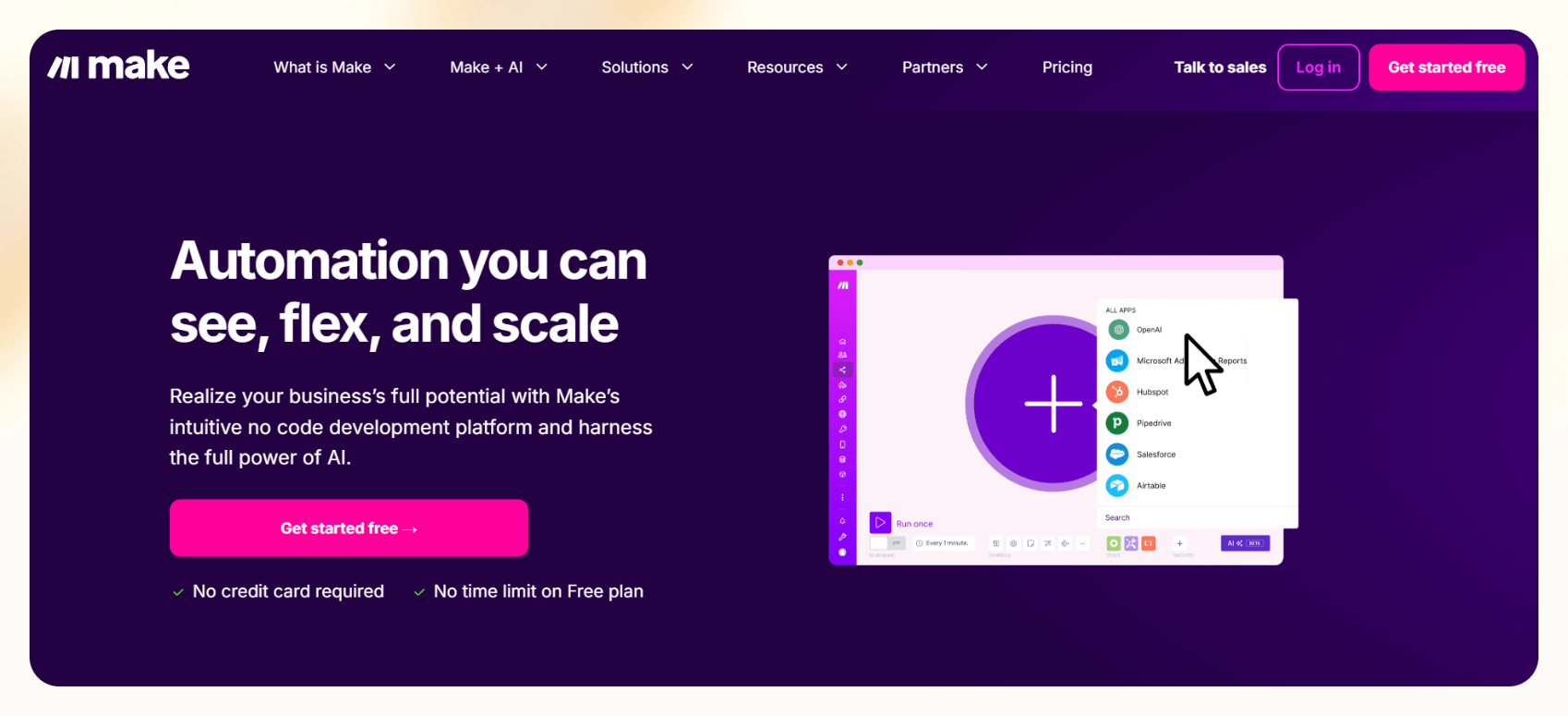
Make (formerly Integromat) is a visual AI automation platform built for teams that want to design complex workflows without touching code. Make gives you a canvas to create drag-and-drop workflows, link apps, add logic and conditions, and more.
It’s more flexible but also more intricate, ideal for people who want visual control over how data flows across tools. Make works for people who’ve outgrown Zapier and want a more customizable interface that still keeps things no-code.
Features
- Visual canvas to design workflows from scratch
- 2,000+ integrations with SaaS tools, databases, APIs
- Conditional logic, iterators, error handling, webhooks
- Schedule-based and real-time triggers
- AI agents that can execute multi-step processes autonomously
Make recently rolled out AI-powered automation capabilities that include generating tasks from natural language and supporting more complex AI agent flows.
Pros
- Great for visual thinkers and non-engineers
- Flexible enough to support both simple and advanced use cases
- Helpful community and templates to get started
Cons
- UI can feel overwhelming at first
- Steep learning curve
- Doesn’t have deep agentic capabilities or memory
Pricing
- Free: Up to 1,000 operations
- Core: $10.59/month
- Pro: $18.82/month
- Teams: $34.12/month
- Enterprise: Custom
4. n8n – best for technical users who want open-source flexibility
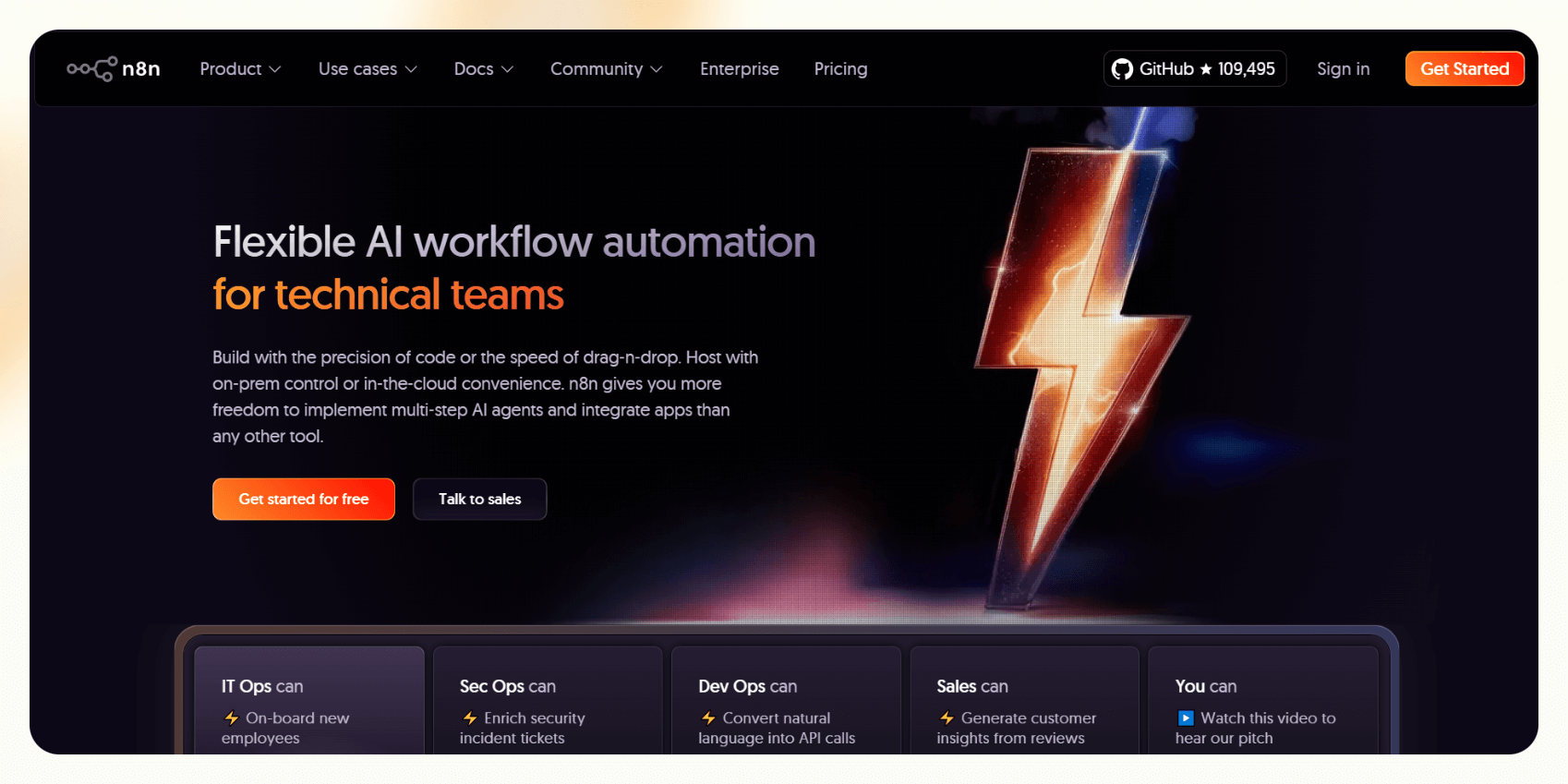
n8n is an open-source AI automation tool made for developers and technical teams. It gives you full control over your workflows, with support for custom code, logic branching, API calls, and even local deployment.
If tools like Zapier or Make don’t give you enough control and flexibility because of a missing feature or limited logic, n8n is probably what you were looking for.
Features
- Visual flow builder with drag-and-drop nodes
- 1,000+ native integrations with apps, APIs, and databases
- Code node for adding custom JavaScript logic
- Can be self-hosted or run in the cloud
- Supports authentication, error handling, looping, and branching
- AI node support for tools like OpenAI, Pinecone, Hugging Face
Pros
- Full flexibility and transparency
- Self-hosting option for full data control
- Built-in versioning and logging
- Strong developer community
Cons
- Requires technical knowledge to get the most out of it
- Lacks built-in memory or agent support
- Not beginner-friendly
Pricing
- Starter: $24/month for 2,500 executions, billed monthly
- Pro: $60/month, billed monthly
- Enterprise: Custom
5. Relay.app – best for async workflows and human-in-the-loop automation
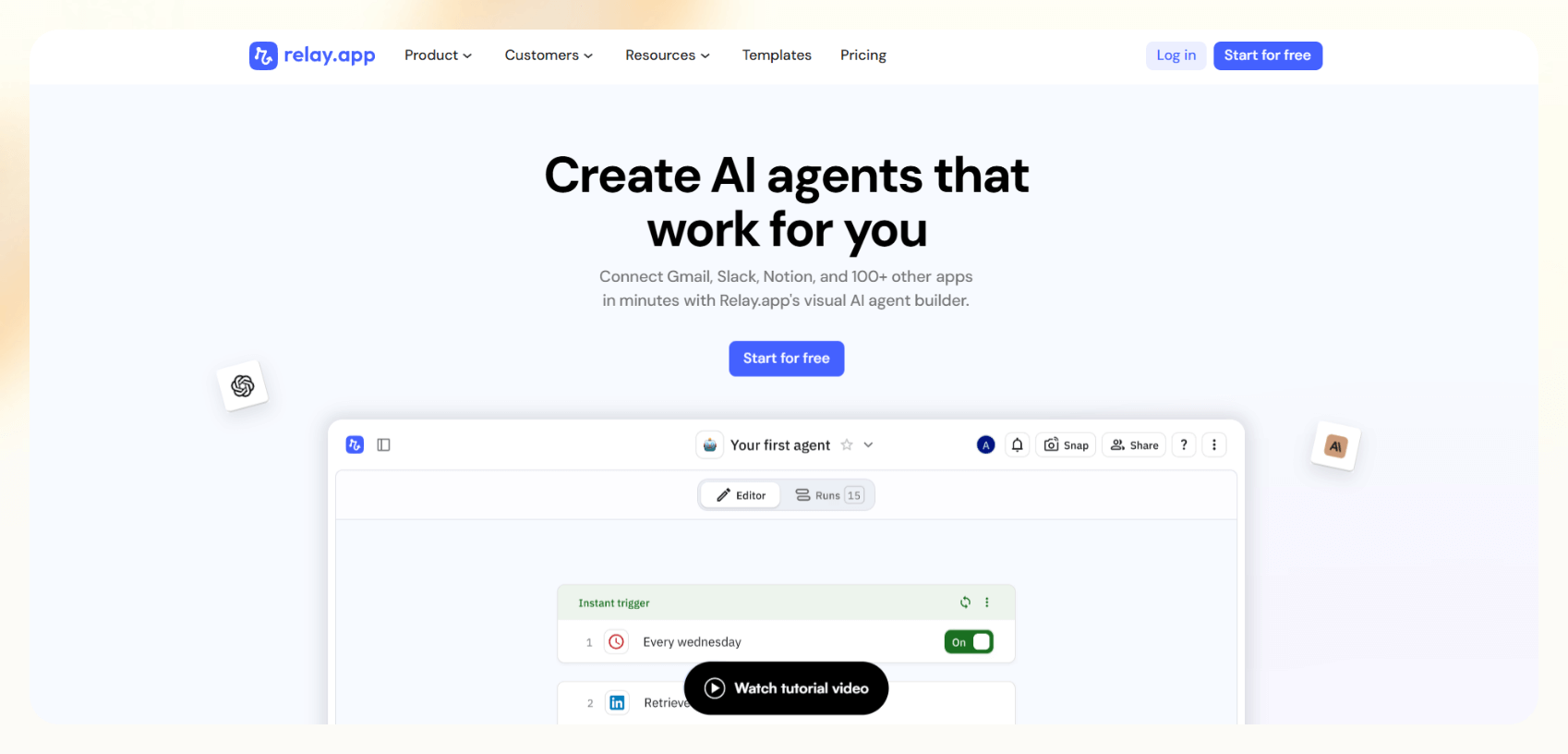
Relay.app is built for teams that need automations involving approvals, async steps, or manual input — something most traditional tools struggle with. It sits somewhere between a workflow builder and a collaborative task board, allowing you to automate structured processes without losing visibility or control.
It’s best suited for operators, marketers, or HR folks who want AI automation that doesn’t completely remove the human touch.
Features
- No-code builder with a step-by-step workflow interface
- Supports approvals, delays, manual input fields, and reviews
- Native integrations with Slack, Gmail, Notion, Airtable, and HubSpot
- AI-powered automation features like GPT-4 support for summaries, message generation, and enrichment
- Shared boards for team collaboration and visibility
Pros
- Built for collaborative teams that need async approvals
- Simple UI that’s easy for non-technical users
- Good for internal ops, recruiting pipelines, and vendor onboarding
Cons
- Not ideal for fully autonomous agents or chained logic
- Limited customization compared to Make or n8n
- AI capabilities are still early-stage
Pricing
- Free: 250 steps per month
- Pro: $23.75/month for 750 steps
- Business: $86.25/month for 2000 steps
- Enterprise: Custom
6. Pipedream – best for developers building API-triggered automations
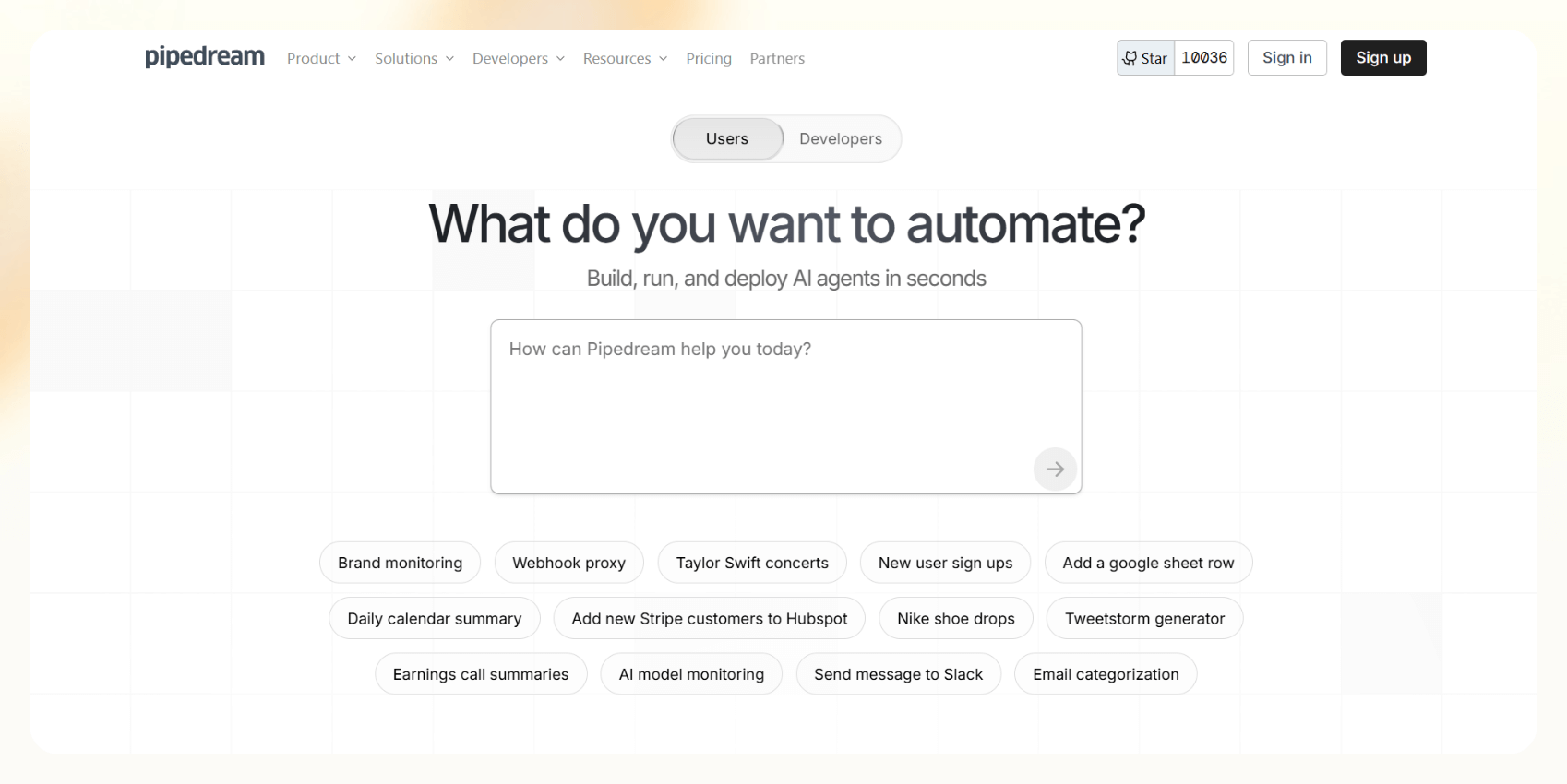
Pipedream is an AI automation platform built for engineers who want to connect APIs, write custom logic, and deploy automations directly from code. It gives technical teams a full development environment in the browser.
If you’re comfortable with JavaScript or Python, and your automations start with an API request or webhook, Pipedream is probably the fastest way to get something live.
Features
- Code-first workflow builder using JavaScript, Python, Go, and Bash
- Built-in support for 2,700+ integrations and custom HTTP requests
- Management, logging, retries, and breakpoints
- Prebuilt code components you can plug into workflows
- AI capabilities include using OpenAI or other APIs directly from workflows
Pros
- Perfect for API-heavy workflows and fast prototypes
- Developer-friendly environment with full debugging
- Great performance and real-time responsiveness
- Can handle edge cases that break no-code tools
Cons
- Steep learning curve if you don’t write code
- Not ideal for team-wide collaboration or approvals
- Requires deeper knowledge of APIs and programming
Pricing
- Free: Up to 300 monthly credits
- Basic: $45/month
- Advanced: $74/month
- Connect: $150/month
7. LangChain + LangFlow – best for engineers building agentic LLM applications
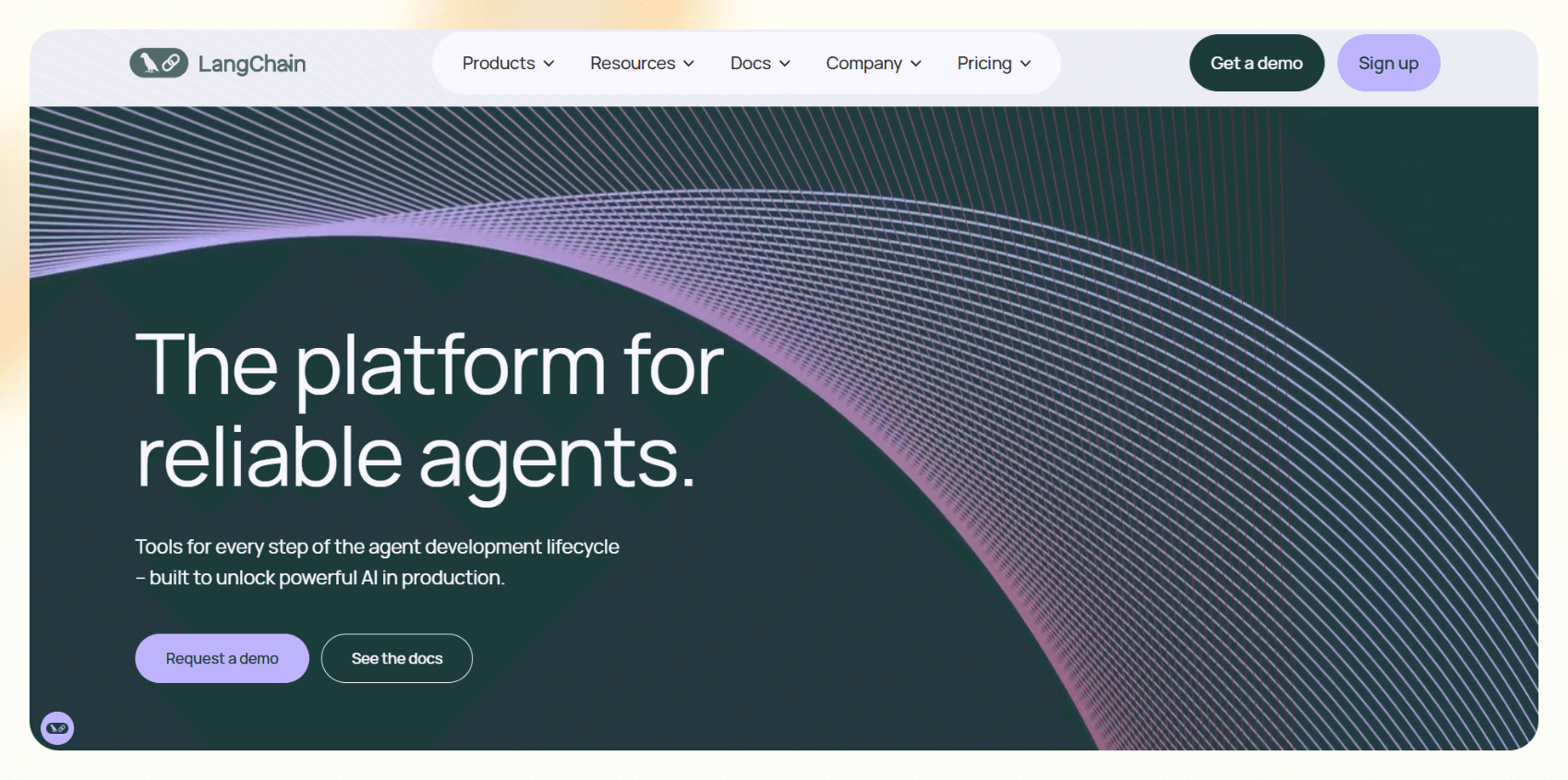
LangChain is a developer framework for building applications powered by language models, and LangFlow adds a visual interface on top of it. Together, they give technical teams the building blocks to create custom AI agents, pipelines, and business workflows.
This combo is ideal for teams building agent-first products, like internal copilots, customer-facing bots, or complex reasoning agents that need memory, logic, and external tool use.
Features
- LangChain provides libraries to manage memory, reasoning, and tool use in LLM-based workflows
- LangFlow offers a drag-and-drop UI for prototyping LangChain flows visually
- Native support for OpenAI, Anthropic, vector stores, databases, APIs
- Lets you define and orchestrate chains of tools and prompts
- Fully customizable with Python, allowing for deep extension
Pros
- Designed for agentic workflows and LLM-powered tools
- Open-source with strong community backing
- Flexible enough to support everything from internal bots to research assistants
- Combines visual prototyping (LangFlow) with full developer control (LangChain)
Cons
- Requires Python knowledge and technical experience
- Setup, hosting, and prompt tuning take time
- No hosted SaaS version — requires manual infrastructure
Pricing
LangChain and LangFlow are open-source and free to use. However, you’ll incur costs for any hosted LLMs, vector DBs, or other hosting infrastructure.
8. Akkio – best for no-code predictive analytics and AI business automation

Akkio focuses on one specific use case –– making machine learning usable for non-technical business teams. It’s a no-code platform where marketers, ops teams, and analysts can train, deploy, and integrate AI models into their workflows without Python, MLOps, or tuning.
Unlike most AI automation platforms that connect tools, Akkio is about decision intelligence. It uses AI to predict outcomes like lead scores, churn risk, or ad performance.
Features
- No-code builder for creating AI models from tabular data
- Predictive analytics for lead scoring, sales forecasting, and more
- Native integrations with CRMs, Google Sheets, and databases
- AI explainability to help understand model decisions
- Built-in connectors to push predictions into live tools like HubSpot or Airtable
Pros
- Easy to use with clean UI
- Fast model training — less than 10 minutes in most cases
- Makes AI accessible to marketers, ops teams, and analysts
- Can integrate predictions into existing workflows
Cons
- Not designed for process-based automation or agents
- Limited support for text-based or unstructured data
- Monthly pricing can be steep for small teams
Pricing
Akkio offers tiered plans for individuals, visible after you log in and start the free trial.
- Free: 14-day trial
- Basic: $49/month
- Professional: $99/month
For enterprise, you need to contact sales.
9. Smythos – best for enterprise-grade AI agents with orchestration
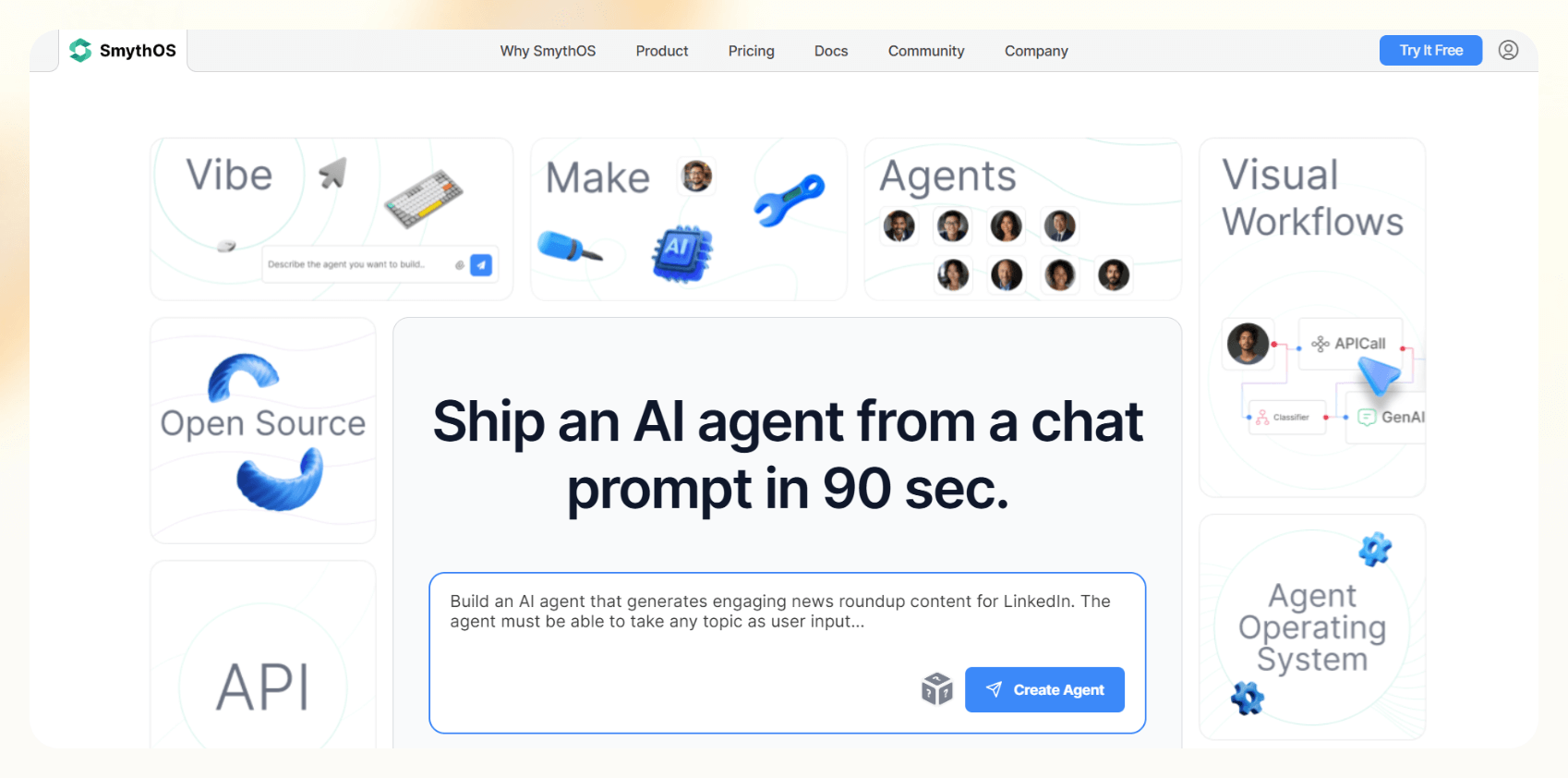
Smythos is built for teams who want to create AI agents that can reason, recall, and take action across tools. It combines a no-code interface with orchestration features, allowing you to build agent chains, manage long-running processes, and set up fallback or decision paths.
While it’s not as beginner-friendly as something like Zapier or Relay.app, it gives larger teams the building blocks to automate complex, cross-functional tasks.
Features
- No-code editor to build and manage AI agents
- Agent chaining, branching logic, and memory
- Prebuilt agents for sales ops, customer support, recruiting, and more
- Connects with CRMs, email, Slack, Notion, databases
- Permissioning and access controls for enterprise use
Pros
- Deep support for agent chaining and autonomous workflows
- Built-in templates for common roles and departments
- Great fit for companies that have many repeatable but complex processes
- Good balance between flexibility and guardrails
Cons
- Expensive for high-volume automations
- Not ideal for individuals or startups
- Still early in terms of integrations and ecosystem
Pricing
- Free: $5 free credits/month, bring your own LLM keys
- Builder: $39/month
- Startup: $399/month
- Scaleup: $1499/month
- Enterprise: Custom
10. Relevance AI – best for collaborative no-code AI agent creation
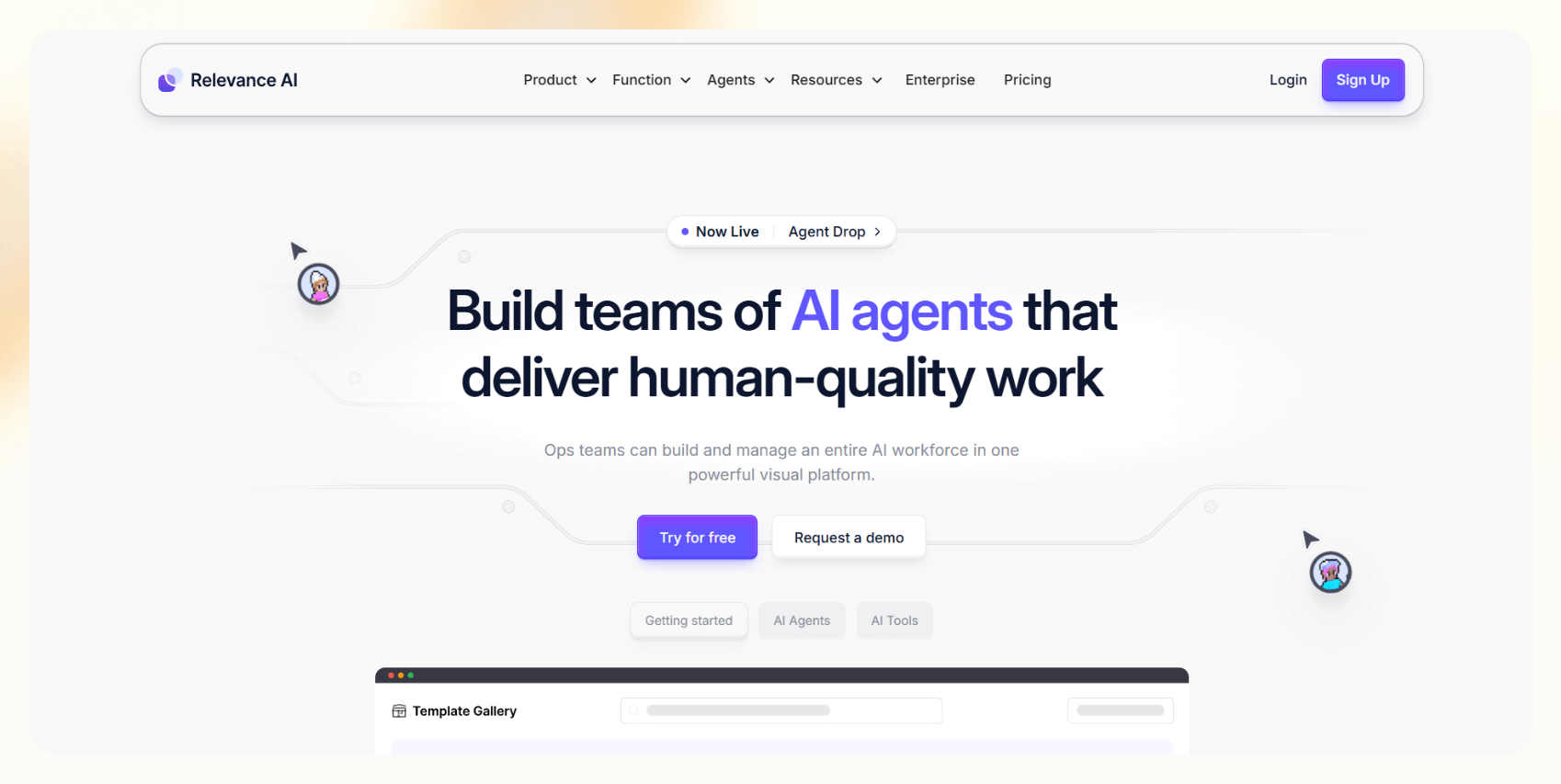
Relevance AI is a platform designed to help teams build, test, and manage AI agents collaboratively. It’s aimed at business users who want more than static workflows, but don’t want to code or maintain infrastructure.
You can build agents that write emails, summarize data, pull info from APIs, or chain tasks together in a browser-based visual environment.
Features
- Visual no-code builder for agents and task chains
- Built-in agent templates for sales, research, and support
- Chaining, memory, logic, and API calls
- Collaborative tools like commenting, roles, and version control
- LLM integration with OpenAI, Anthropic, and Claude
Pros
- Easy onboarding and clean UI
- Great for teams that need to collaborate on agent workflows
- Strong support for chaining and context-based execution
- Prebuilt templates to speed up testing
Cons
- Not as customizable as developer-focused tools
- Documentation and community are still growing
- May require API keys and some trial-and-error for setup
Pricing
- Free: 100 credits/day
- Pro: $19/month for 10,000 credits/month
- Team: $199/month
- Business: $599/month
- Enterprise: Custom
With the tools covered in detail, we compare them with each other next.
Top AI automation platforms: at a glance
We summarize the core differences of these platforms –– what they do best, how you set them up, and how pricing works. Here’s the table for a quick view:
This breakdown makes it easier to narrow down platforms based on your role, technical comfort, and use case. Next, we’ll explain how we evaluated these tools across workflows and benchmarks.
How we tested these tools
To compare these AI automation platforms fairly, we built the same workflow in each one and judged them based on how easily and effectively they could execute it.
Here’s the scenario we tested: An inbound lead comes through a form → data is enriched via Clearbit → added to the CRM → an email follow-up is generated and sent → the task is logged.
We chose this workflow because it’s common, cross-functional, and involves chaining multiple steps — perfect for testing both basic automation and full AI-powered automation platforms.
What we evaluated
We focused on five dimensions that reflect real-world usage. These dimensions were:
- Ease of setup: How intuitive is the interface? How much guidance is provided?
- Flexibility across use cases: Can the platform go beyond one type of flow?
- Memory + chaining capability: Does it retain context? Can it perform multi-step or conditional tasks?
- Integration library: Does it support commonly used tools like Gmail, Notion, CRMs, and databases?
- Agent support: Can you build goal-based agents, or is it just a series of triggers?
For platforms like Lindy, Smythos, and Relevance AI, we tested how well agents could reason and take initiative. For tools like Zapier, Make, and n8n, we focused more on how well they managed logic, data flow, and branching.
Next, let’s cover the questions you must ask before choosing your automation platform.
{{cta}}
Questions for choosing the right platform
The best AI automation tool depends on your needs, your tech comfort, and your stack. We’ve compiled the questions to ask before committing to a platform:
Do you want simple workflows or agent-like behavior?
If your needs are basic, like copying info from one tool to another, Zapier or Make might be enough. But if you're looking for an AI agent platform that can help you create AI agents with goals and configurable workflows, you'll want tools like Lindy or Smythos.
Are you technical, or do you need drag-and-drop?
If you’re an engineer, tools like n8n or Pipedream will give you full control. If you’re non-technical, go for platforms like Lindy, Relay.app, or Relevance AI that prioritize usability over depth.
Will you need memory, branching, or logic?
Agent workflows need memory — they should know what happened before and what to do next. Make, LangChain, Lindy, and Relevance AI support branching and context.
Do you need prebuilt agents or full orchestration?
If you want ready-to-use agents, check out Lindy, Relevance AI, or Smythos. For more customized AI orchestration and automation platform logic, LangChain + LangFlow gives you full control.
What’s your stack — Gmail/Notion or APIs/CRMs?
Make sure the tool supports your ecosystem. If you’re working with common SaaS tools (Slack, Notion, Gmail), most no-code options are fine. For API-heavy workflows, stick with Pipedream, n8n, or LangChain.
With all that covered, let’s see what an AI automation platform does and how it differs from traditional automation.
What does an AI automation platform do?
An AI automation platform helps you automate tasks using large language models (LLMs), logic, and context. It’s a step up from traditional automation tools like Zapier or IFTTT, which follow rigid "if this, then that" logic.
What is an AI automation platform?
An AI automation platform is a software that uses artificial intelligence and machine learning to automate complex business tasks. Unlike basic rule-based tools, it can process data, follow conditional logic, and make decisions to move work forward — from routing leads to updating CRMs.
How does it differ from traditional automation?
Traditional automation is straightforward. These platforms are:
- Require manual setup and fixed triggers to start the workflow
- Follow static rules — no built-in logic branching or memory
- Handle one-off actions, like copying form data into a spreadsheet
AI automation platforms change that. They are:
- Goal-oriented –– follow up with the lead after 3 days
- Context-aware and dynamic
- Can chain multiple tasks, remember past actions, and adapt as things change
There are a few traits that make a good AI automation platform. Here’s what to look for:
- Memory: Can it recall prior steps or information in the workflow?
- Tool use: Can it act across Gmail, CRMs, Notion, etc.?
- Autonomous behavior: Can it figure out the next step without needing instructions?
- Logic and branching: Can it handle "if this, then that" in a smart way?
- Chaining: Can it run multi-step or multi-day processes?
Think of traditional automation as an intern who needs exact instructions for every task. AI automation is more like a senior assistant who can take a goal, reference past projects, check your calendar, and figure out what needs to be done without constantly asking you.
Next, we cover some of their use cases where they ease the tedious, repetitive tasks.
Use cases & implementation advice
Most teams need AI to automate workflows that make a difference –– to save time, reduce errors, and scale operations. Here are some ways teams are using AI automation platforms:
Sales outreach
AI agents can handle full multi-touch sequences. For example, a Lindy agent can qualify a lead, personalize a follow-up, log it in your CRM, and nudge them two days later if there’s no reply. Relevance AI and Smythos also support similar chained flows.
For simpler setups, Zapier can handle the first few touchpoints.
Customer support
Relay.app and Lindy can triage your inbox for inbound support emails, suggest responses, and escalate only when needed. With fallback logic and async approvals, these platforms make sure your agents aren’t flooded by low-priority tickets.
LangChain is great here if you're building your own GPT-style support assistant with memory.
Marketing operations
Akkio can predict ad performance or customer conversion with no-code machine learning. You can push that data into Notion, Sheets, or your CRM, and then have Lindy or Make to schedule content, sync campaigns, or tag leads accordingly.
This is a perfect use case for business automation, where predictive insights feed into downstream actions.
Internal operations
n8n and Pipedream are solid picks for backend-heavy ops tasks like reviews, invoice logging, or stakeholder. They give you more control and visibility into data flows and can handle sensitive logic better than no-code tools.
Agents and reasoning workflows
If you need AI agents that can reason, recall, and take initiative, LangChain, Smythos, and Lindy are your top options. These platforms let you chain actions across multiple tools, use logic trees, and build assistants that you can iterate over time.
Frequently asked questions
What is the best AI automation platform?
If you want agents that handle goals with memory and logic, Lindy or Smythos are great picks. If you just need app-to-app connections, Zapier or Make gets the job done.
How does AI automation differ from regular automation?
Regular automation runs on static rules — when A happens, do B. AI-powered automation uses context, past steps, and logic to figure out what to do. It’s like upgrading from a rules engine to a digital assistant that can think.
Which tools let me build full AI agents?
Platforms like Lindy, Smythos, LangChain + LangFlow, and Relevance AI are built specifically for agent workflows. These let you assign goals instead of steps, and give the AI enough tools to figure out how to execute them.
Do I need to code to use these platforms?
It’s not always the case. Lindy, Relay.app, Relevance AI, and Zapier are no-code friendly. LangChain, n8n, and Pipedream, on the other hand, are better suited for engineers.
Can these platforms connect to my CRM and email?
Yes. Every tool we reviewed offers some level of integration with tools like Gmail, Outlook, Salesforce, HubSpot, or Notion. Some go deeper than others — especially if they support chaining or memory.
Are AI automation platforms secure?
Most of the good platforms are secure. Lindy, for example, is SOC 2 and HIPAA-compliant. Always look for details on data handling and third-party audits before connecting sensitive systems.
What’s the most affordable AI automation tool?
LangChain + LangFlow is free and open-source, but you’ll need engineering skills and hosting infrastructure. Lindy offers 400 free monthly credits, which is plenty for testing real-world use cases. Zapier and Make also have generous free tiers.
Can I build cross-functional workflows with these tools?
Yes. Many of the platforms — especially Lindy, Make, and Relevance AI — are designed to work across teams like sales, support, marketing, and ops.
Do these tools support real-time logic or triggers?
They do. Zapier, n8n, Pipedream, and Lindy all support real-time triggers or event listeners. Some tools also support scheduling and delays for multi-day workflows.
Is Lindy a good alternative to Zapier or Make?
If you need automation for complex and dynamic workflows that require memory, branching, and autonomous agents, Lindy is an ideal tool. If your workflows are simple and straightforward, Zapier and Make will do the job. It depends on what you’re trying to do.
Try Lindy, a user-friendly AI automation platform
If you’re looking for an easy-to-use AI solution that provides automations around emails, meetings, and sales, go with Lindy.
Out of all the AI automation tools, here’s why Lindy can be an ideal tool for you:
- Simple no-code interface: You won’t need coding, programming, or technical skills to create your automations with Lindy — it offers a drag-and-drop visual workflow builder.
- AI agents customized to your needs: You can make versatile AI agents that understand plain English and accelerate your productivity in many ways. For instance, create an assistant that bolsters your sales funnel by finding leads from websites and business intelligence sources like People Data Labs. Create another agent that sends out emails to each lead and schedules meetings with members of your sales team.
- Affordability: Build your first few automations with Lindy’s free version and get up to 400 tasks. With the Pro plan, you can automate up to 5,000 tasks, which offers much more value than Lindy’s competitors.





















.jpg)
.png)
.png)

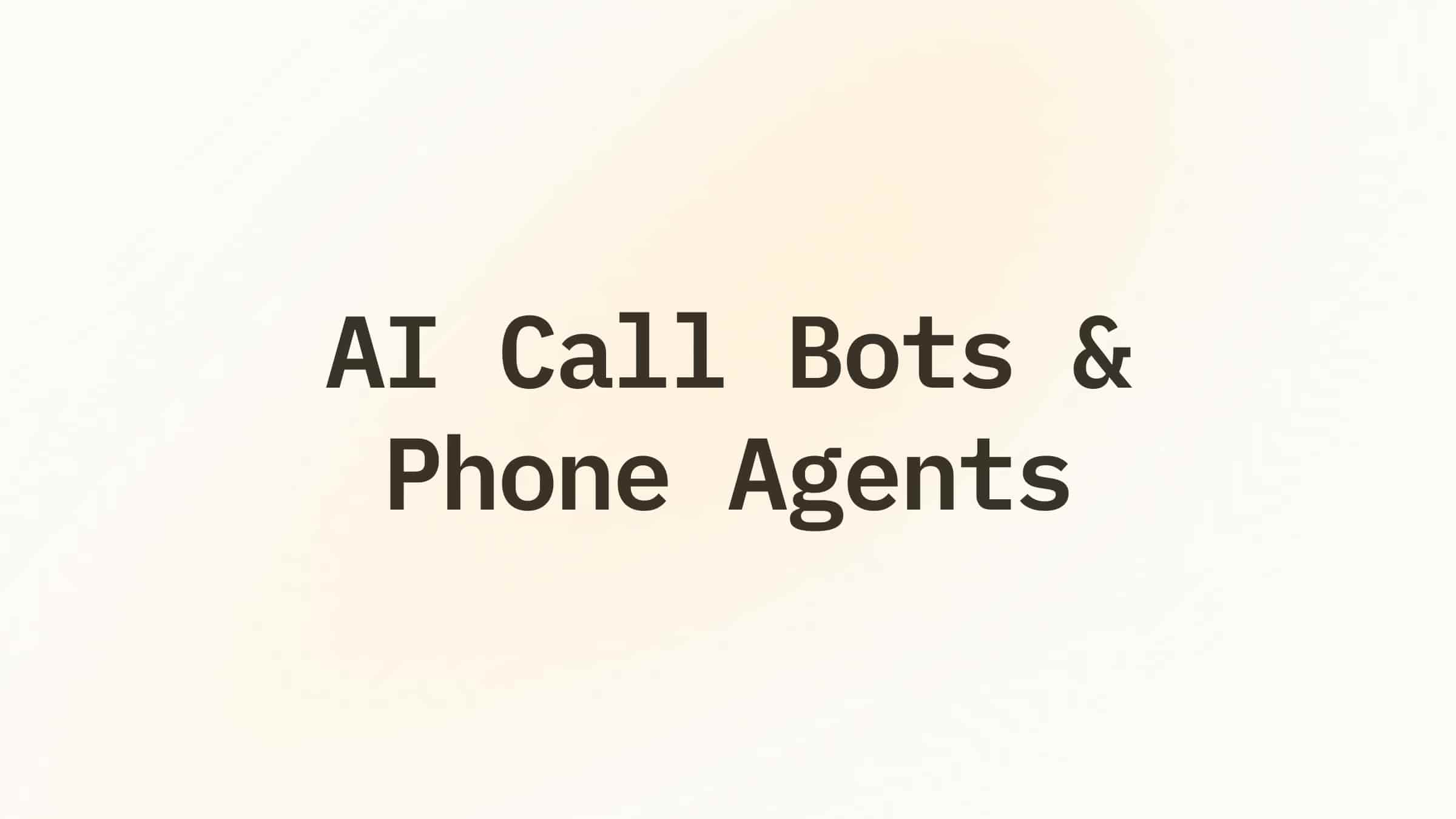
.png)
.png)